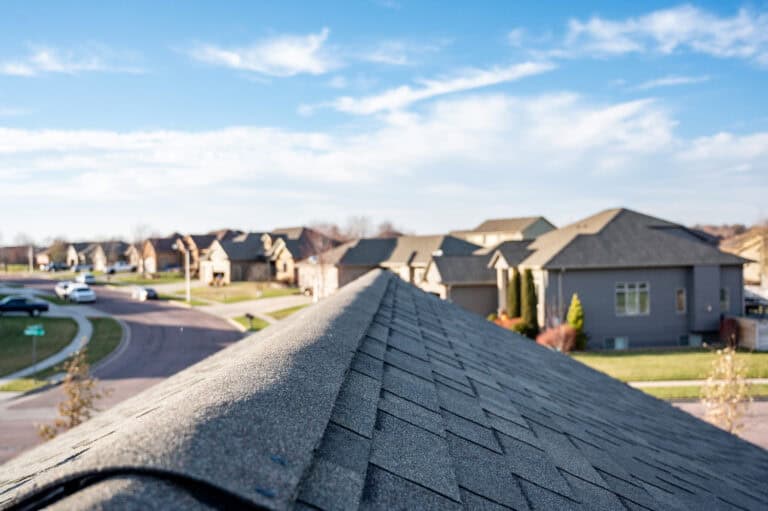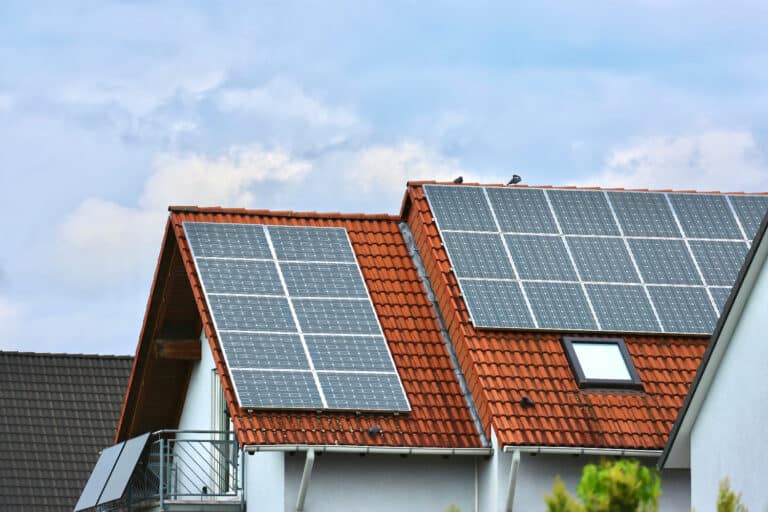Commercial roof maintenance is a critical yet often overlooked aspect of property management. Did you know that regular maintenance can significantly extend the lifespan of your commercial roof?
This article provides practical guidelines on maintaining your business’s most essential shield, spotlighting the best practices for 2023, including:
- Regular inspections ✅
- Addressing leaks promptly 💦
- Cleaning and clearing debris 🍂
Read on to uncover essential insights and the latest trends in effective commercial roof maintenance!
Understanding the Basics of Commercial Roof Maintenance
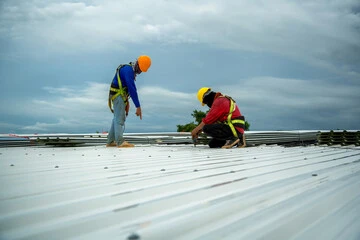
Regular inspections of commercial roofs are essential to identify any potential issues and address them promptly. Leaks should be fixed as soon as they are detected to prevent further damage while cleaning and clearing debris from the roof’s surface can help maintain its integrity.
Regular Inspections
Regular inspections play a crucial role in effective commercial roof maintenance. Engaging professional services for these checks twice yearly sets a foundation for optimal care.
No matter the age, every commercial roof can benefit immensely from biannual assessments. This recommended frequency helps identify potential issues early, allowing you to address them before they escalate and cause damage.
Addressing Leaks Promptly
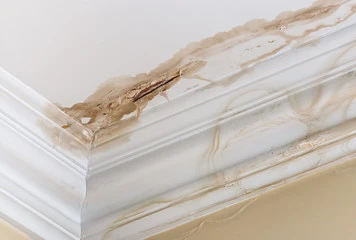
Minor issues like small leaks or punctures may not seem significant, but can quickly escalate if not addressed promptly. This crucial step in commercial roof maintenance helps avoid further downtime and prevents expensive repairs.
Ensuring property safety is a top priority, and addressing these problems as they arise reduces risk.
Routine checks are invaluable for identifying potential problem areas such as ponding water. Sagging or uneven commercial roofs often indicate underlying issues that need immediate attention.
Cleaning and Clearing Debris
Clearing debris from the roof is a critical step in commercial roof maintenance. This process involves the removal of dirt, leaves, twigs, and other materials that might have gathered over time.
Regular cleaning ensures your drains and gutters stay clear, improving their functionality and reducing chances for leaks or blockages to occur. Moreover, it increases the durability of your roofing system by preventing unwanted build-up, which could lead to potential damage.
Key Components of a Commercial Roof Maintenance Plan
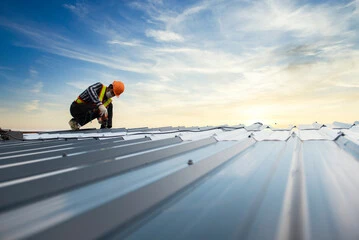
You’ll want to develop a maintenance schedule that outlines regular inspections, cleaning and debris removal, and prompt address of leaks or minor issues.
Training and Certification for Maintenance Personnel
Training and certification are essential for maintenance personnel involved in commercial roof maintenance. These programs aim to equip them with the necessary skills, knowledge, and expertise to perform their tasks effectively.
Certification validates their competency in commercial roof maintenance and ensures that best practices are followed. It is the responsibility of employers to provide training in a language and manner that maintenance personnel can understand.
Developing a Maintenance Schedule
Developing a maintenance schedule is crucial to an effective commercial roof maintenance plan. By scheduling routine inspections and repairs, you can ensure that the condition of your roof is consistently monitored and maintained.
We recommend scheduling maintenance inspections at least every six months to avoid overlooking potential issues or damage. This regular upkeep helps prevent costly repairs down the line and extends the lifespan of your commercial roof.
A complete maintenance plan should include repeat inspections throughout the year, routine repairs as needed, and time and funds for proactive maintenance practices.
The Role of Digital Tools in Commercial Roof Maintenance
Digital tools play a crucial role in commercial roof maintenance by streamlining the inspection process and improving overall efficiency. With technology, roof inspections can be conducted more accurately and quickly, saving time and resources.
Digital tools provide digital checklists and templates specifically designed for commercial roof inspections, ensuring no critical aspects get overlooked during maintenance.
These tools also allow for easy documentation of findings, making it simpler to monitor any changes or issues that may arise.
One of the significant benefits of using digital tools for commercial roof maintenance is their ability to enhance accuracy in estimating projects. With access to precise measurements and data, these tools enable contractors to provide accurate cost estimates before starting any repair or maintenance work.
Moreover, utilizing digital tools for commercial roof maintenance allows for better organization and scheduling of tasks. Maintenance schedules can be created digitally, ensuring all necessary actions get carried out on time without missing any deadlines.
Best Practices for Extending the Lifespan of a Commercial Roof
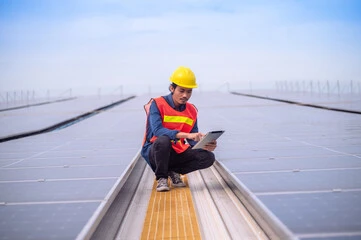
Regular maintenance and repairs, implementing preventative measures, and prioritizing sustainability and energy efficiency are essential for extending the lifespan of a commercial roof.
Regular Maintenance and Repairs
Regular maintenance and repairs are essential for maximizing the lifespan of a commercial roof. By ensuring routine upkeep and addressing any issues promptly, you can promote the durability and stability of your business’s roof.
Regular inspections help identify potential problems before they worsen while addressing cracks, loose gutters, and drains is crucial for preventing leaks. Trimming overhanging tree branches is also necessary to prevent damage to the roof.
Implementing Preventative Measures
Implementing preventative measures is crucial for extending the lifespan of your commercial roof. By taking proactive steps, you can minimize the risk of significant damage and costly repairs down the line.
One important preventative measure is regularly cleaning drains and gutters to ensure proper water flow and prevent water backup, which can lead to leaks and structural damage. Additionally, addressing minor issues like small leaks or punctures can help prevent them from becoming more significant problems.
Remember that regular inspections are vital in identifying any potential issues early on so they can be addressed before causing significant damage. By implementing these preventative measures, you can protect your roof and maximize its longevity.
Prioritizing Sustainability and Energy Efficiency
Prioritizing sustainability and energy efficiency is essential for commercial roofs to reduce environmental impact and save on energy costs. Sustainable roofing practices such as using energy-efficient materials and implementing cold roofing techniques can significantly improve a building’s overall energy efficiency.
Your Next Step
In conclusion, implementing the best commercial roof maintenance practices is crucial for ensuring the longevity of your roof. Regular inspections and addressing minor issues can prevent significant damage.Proper training and a well-developed maintenance schedule are also essential components of an effective maintenance plan. By following these practices, you can extend the lifespan of your commercial roof and avoid costly repairs in the future. If you need an estimate for your next commercial roofing project, contact us at Clean Cut Roofing!

